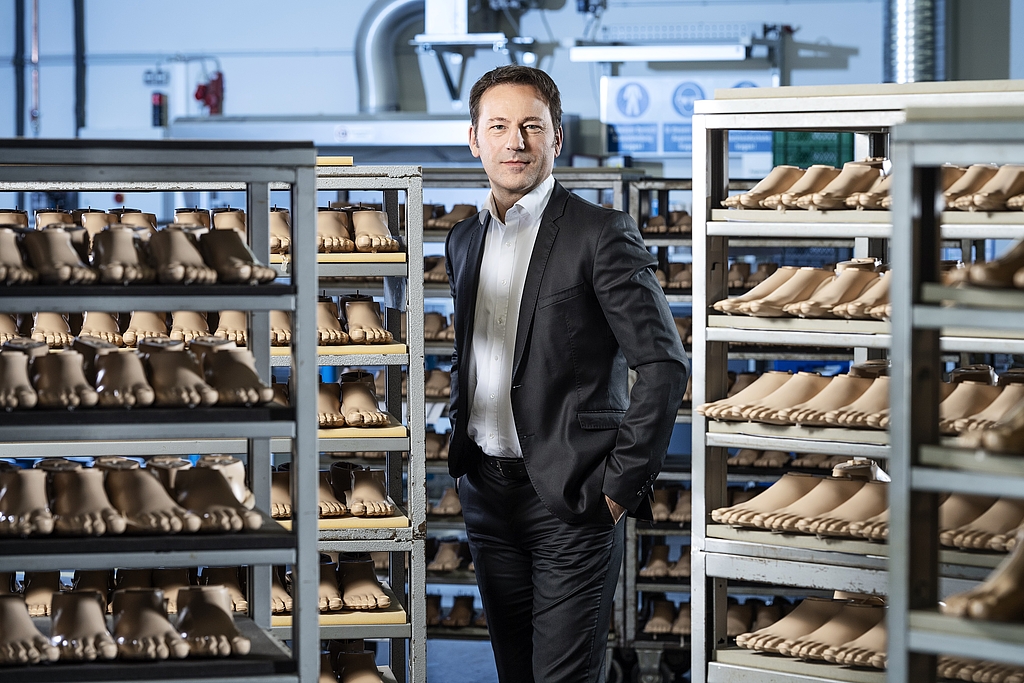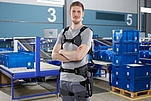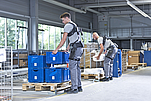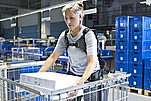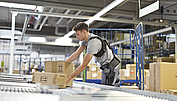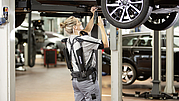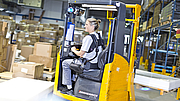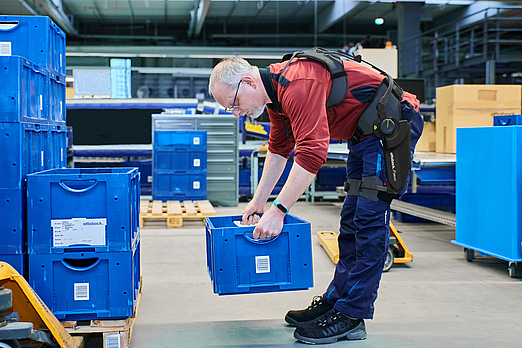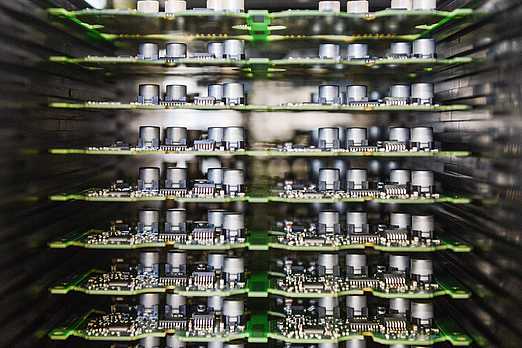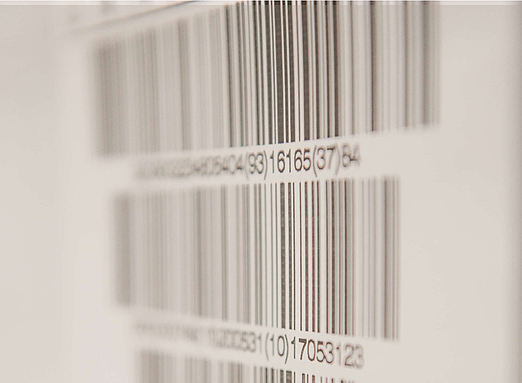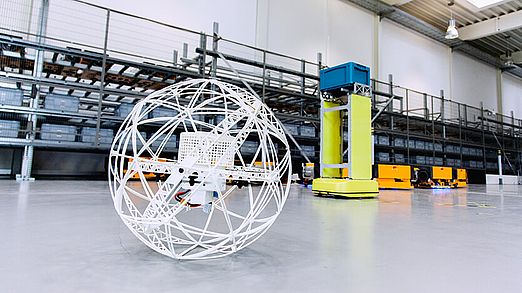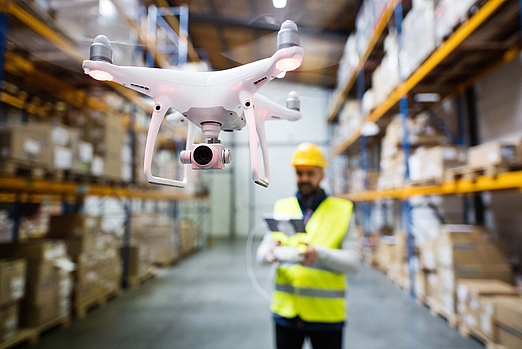“Not only can we imagine a way to ease the burdens of logistics workers, we have already created it.”
- Success Stories
Ottobock is considered the world’s largest manufacturer of leg and arm prostheses and is also a leader in the research and development of many innovative orthopedic products. From microprocessor-controlled knee joints and learning-capable prosthetics to exoskeletons that ease the daily burdens of workers – Ottobock is always at the forefront of current developments. We spoke with Arne Jörn, COO of Ottobock, about artificial intelligence in prosthetics design, recognizing patterns of movement and the use of exoskeletons in logistics.
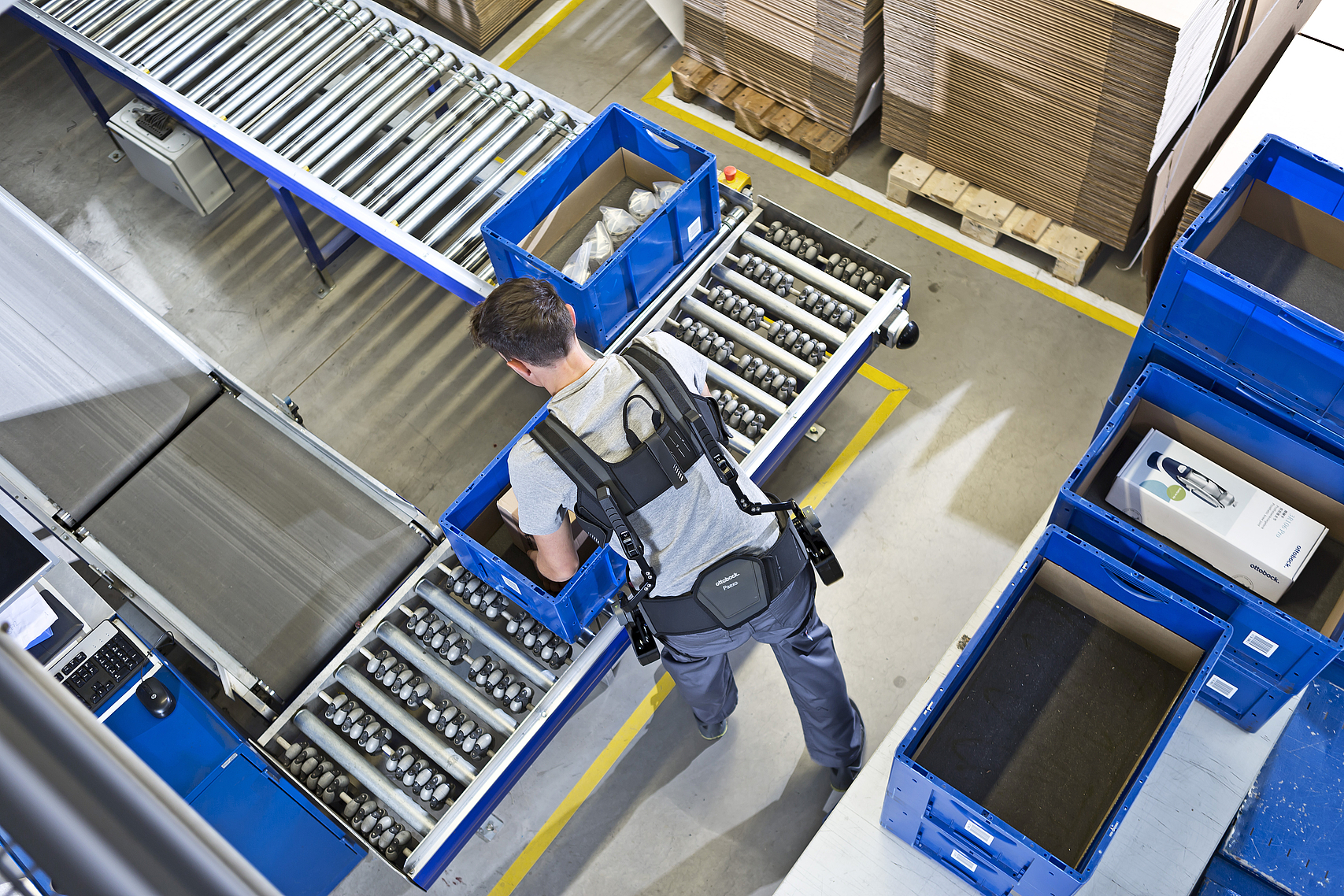
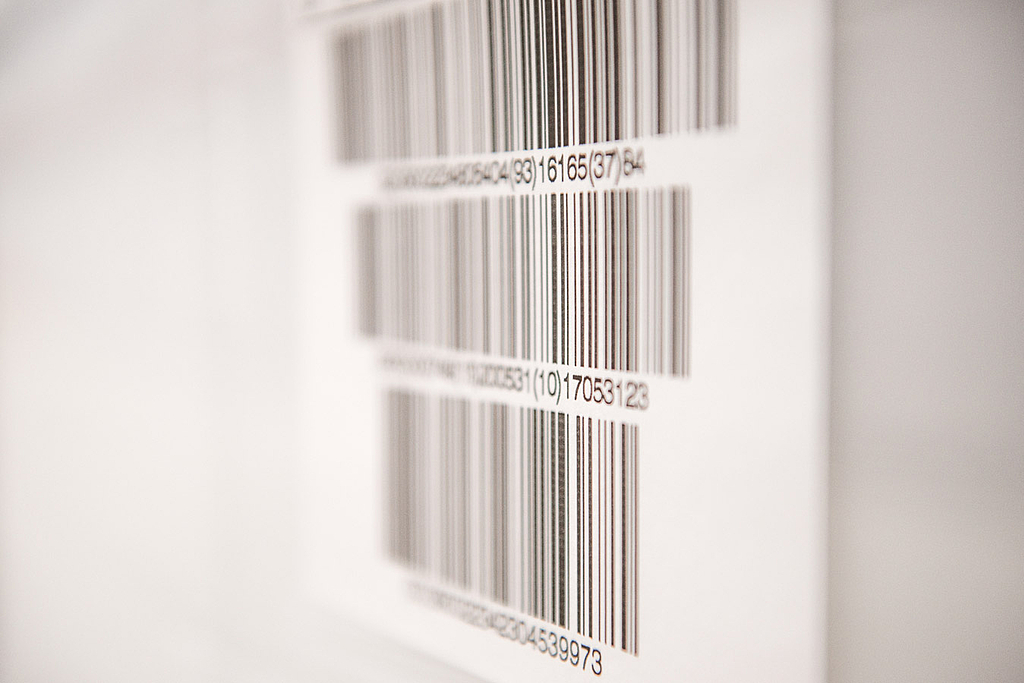
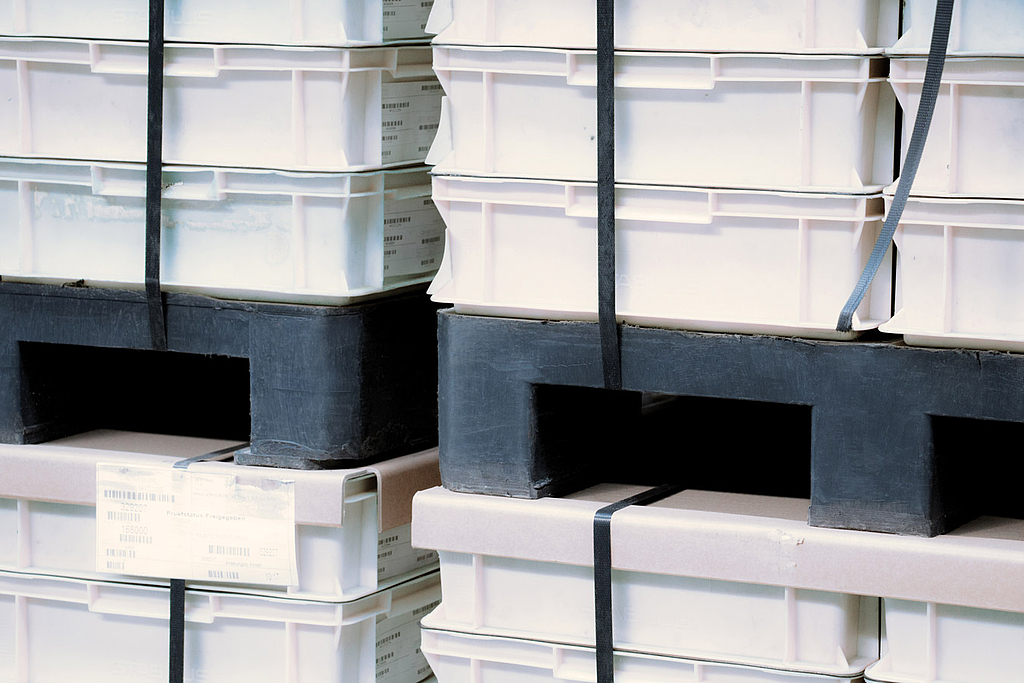
We offer specialized logistics solutions and warehousing facilities for the requirements of a range of industries.
Uniform standards in all of our logistics centers around the world ensure high quality and reliability. Benefit from our comprehensive network of warehouses in Europe, Asia and the USA.
Find out more
By outsourcing your logistics, you benefit from a competent partner who can optimize your processes and save you time and money.
We will be glad to advise you in detail about individual processes or create a comprehensive logistics concept for all your storage, inventory management and order handling.
Find out more
